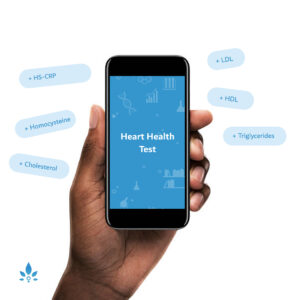How to Create an Asthma Action Plan


Having a child with asthma can be downright scary. Oftentimes, your child’s symptoms worsen at night or when the doctor’s office is closed, leaving you to wonder when or if you should be offering treatment. This is where an asthma action plan comes in.
An asthma action plan is a written, step-by-step plan created by your child’s doctor that addresses both daily management and what to do in case of an emergency.
Asthma action plans can help identify triggers for your child\’s asthma. These can include pollen, dust, mold, weather changes, colds/viruses, exercise, animal dander, etc.
The plan will also help you identify symptoms based on a color-coded system:
Green zone (safety zone). No asthma symptoms. If your child is on a daily controller medication to prevent symptoms, the asthma action plan will list these medicines as well as the doses.
Yellow zone (caution zone). Signs of an asthma flare, including coughing, wheezing, and/or chest tightness. You may also notice shortness of breath or some difficulty doing usual activities. The asthma action plan will tell you when you should start using the rescue medication, how much, and how often it should be used.
Red zone (danger zone). Signs of difficulty breathing, including difficulty talking, breathing too quickly, and using chest and abdominal muscles to help bring in air. The asthma action plan guides you to know when to seek help. It will tell you how many times to give the rescue medication before calling the pediatrician or going to the ER.
Be sure to give everyone who cares for your child a copy of the asthma action plan, as well as rescue medication to be used in times of an emergency.
Sources:
- American Lung Association
- Create an Asthma Action Plan.
Asthma and Allergy Foundation of America - Asthma Action Plan.
Centers for Disease Control and Prevention - Asthma: Management and Treatment.
Powered by Bundoo®












































